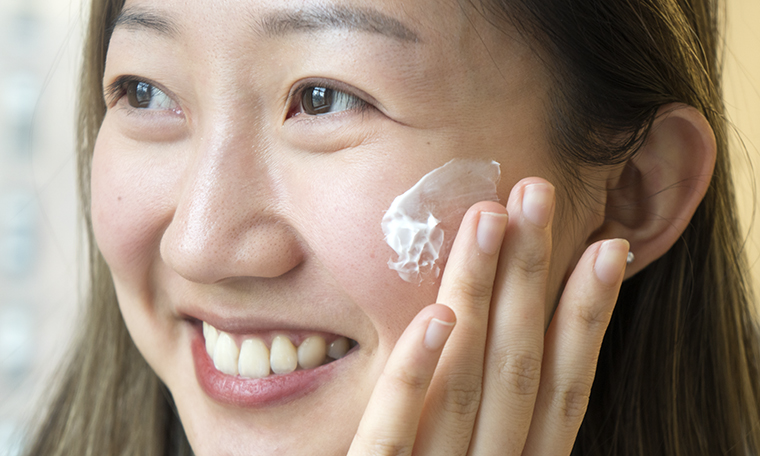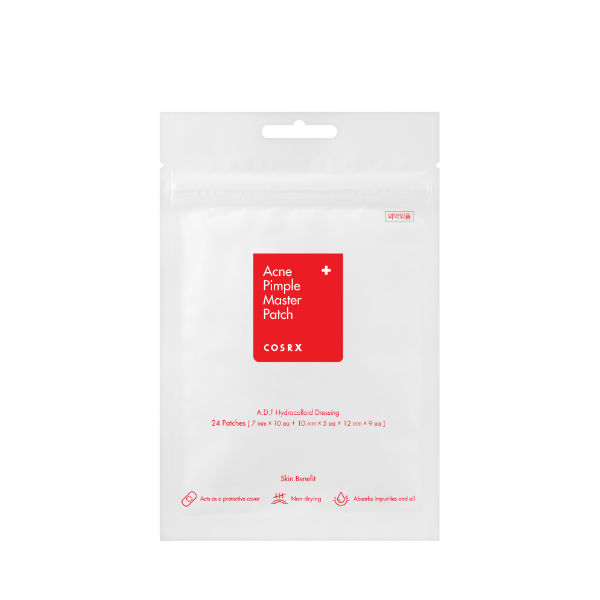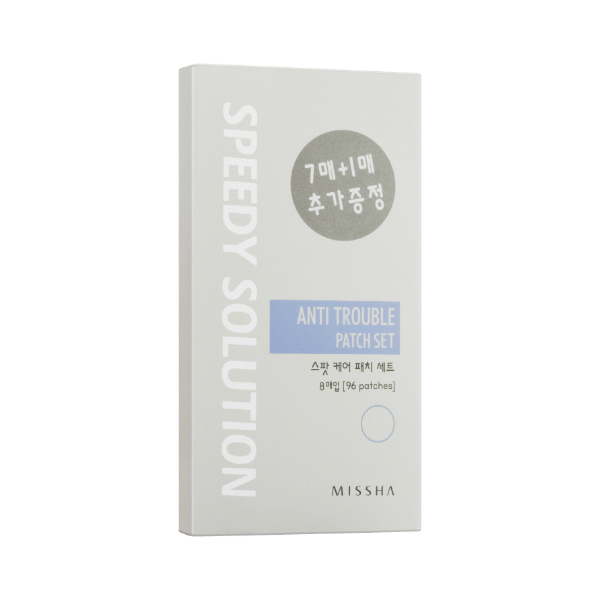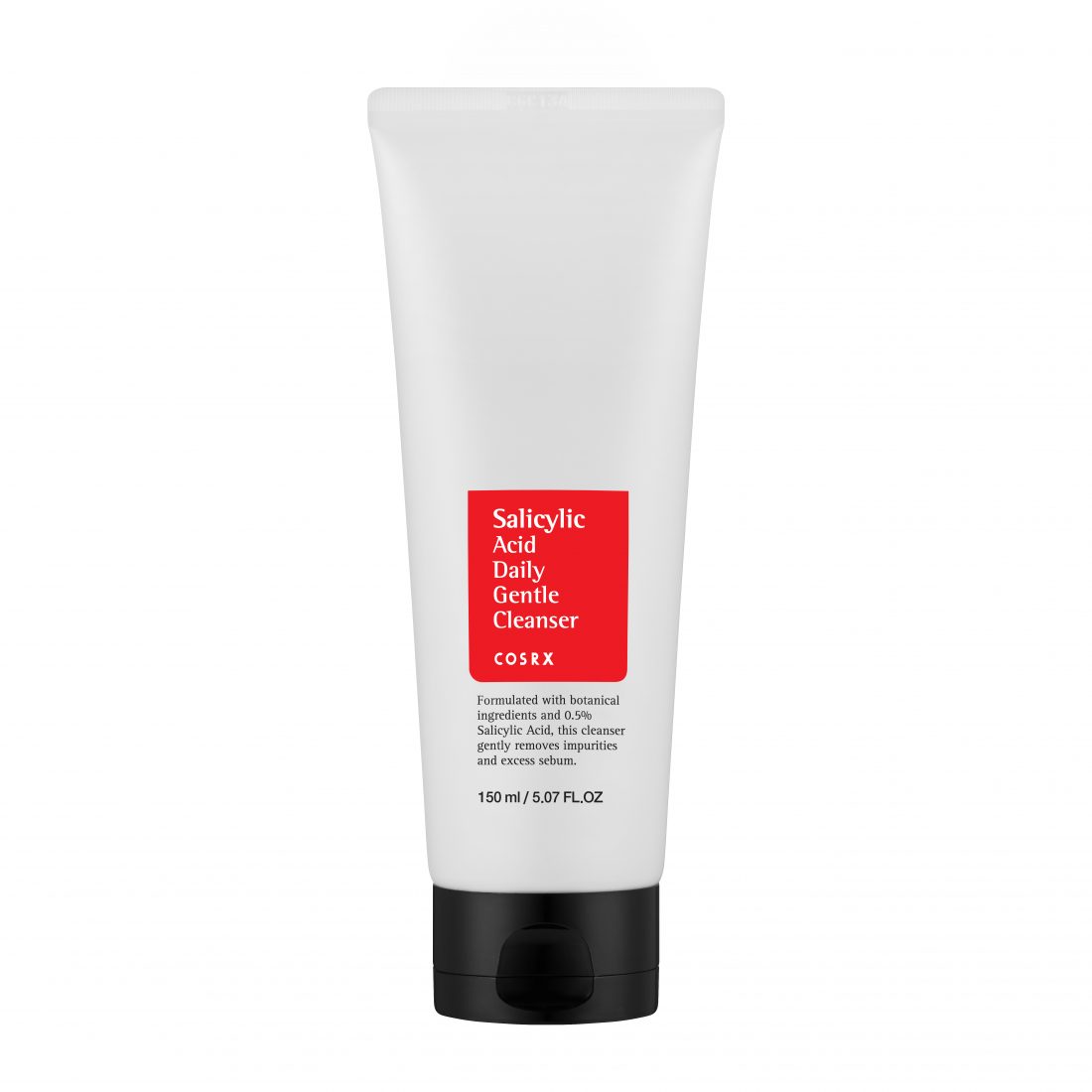Sometimes our minds wander and we think: What’s the absolute biggest skin care mistake someone could make? We asked derms to share what they think is the biggest skin care sin.
Sure, here at The Klog, we have our number one skin care mistake that irks us so much: not wearing sunscreen. We preach it over and over again that you absolutely must wear sunscreen every single day. Yes, even if it’s winter. Yes, even if you’re inside all day (windows). And yes, especially if it’s cloudy outside.
But what about top dermatologists? What do they wish they could tell their patients to stop doing if they could be completely honest? We’ve got the answers. These are the things you should stop doing…
Not washing your face before going to bed
“During the day, oil, dirt, makeup, and particulate matter from pollution accumulate on the skin, so it is important to wash your face before bed. There is mounting data showing that pollution has a significant impact on skin health and is associated with both the development of dark spots and early wrinkling. Regular removal of this pollution every night is one of the best ways we have to minimize environmental damage to the skin.” —Joshua Zeichner, director of cosmetic and clinical research at Mount Sinai Hospital in New York City
If you’re not sure how to properly cleanse your skin, be sure to check out our double cleanse tutorial!
Treating your blemishes the wrong way
“Most people have not been taught the right way to respond to a blemish the moment it appears. Immediately dry it out with a spot treatment? No, definitely don’t do that. When a blemish appears, your body has incredible repair responses that immediately recognize when an infection is present and then kick into high gear to heal it. The problem comes when you, thinking you’re helping, interfere with these natural processes and end up making it worse.
When you get a red, painful blemish, ONE of two things will happen: The infection inside the blemish will work its way up to the surface of the skin resulting in a whitehead. This type of blemish is called a pustule. For these lesions, the skin is saying there is an infection present and I want to get it out, so I will excrete it through the skins surface. Or the infection will NOT come up to the surface. It will stay deep within the skin until the body eventually re-absorbs it. This type of blemish is called a cyst.
To treat pustules, it’s best to not act the minute you feel it coming on, instead wait a day or two for the infection to appear on the surface. Waiting will allow you to effectively control the blemish without damaging the skin. Once the whitehead is truly visible, gently squeeze out the infection with two q-tips and then apply a spot-drying treatment which will work its way into the skin and eradicate any lingering infection. If you apply a drying treatment before the whitehead is on the surface, it will simply dry out the surface of the skin. This keeps the infection trapped underneath for longer which causes the infection to stretch the surrounding skin tissue and sets off a response that creates discoloration and leaves behind a dark acne scar that will linger for weeks or even months.
To treat cystic blemishes that usually occur in the chin area, it is important to remember that cysts are meant to stay under the skin. No matter what method you employ, cysts will never rise to the surface of the skin. This means no picking! Your best bet is to see your dermatologist who will likely administer an injection or cortisone to act as an anti-inflammatory and shrink the cyst from the inside out.”—Karen Hammerman, a dermatologist at Schweiger Dermatology Group in New York City
Spot treatments are a dream when it comes to treating acne fast. Some of our favorites are the Cosrx Acne Pimple Master Patch and Missha Speedy Solution Anti Trouble Patch. For longer term acne fighting treatment, you may even want to check out the Cosrx Salicylic Acid Daily Gentle Cleanser. And if you’re unsure of which products will fit your dilemma, fear not, check out our favorite spot treatments according to type of blemish.
Cleaning your face too much
“People over-cleanse and use items that strip the skin rather than balance it. People will use a cleanser, then a toner, and then an exfoliator, which if fine if you choose the right products, but if you choose ones that strip your skin, they will leave the skin dry and reactive, making you think you have sensitive skin when you don’t.”—Kavita Mariwalla, a dermatologist in West Islip, New York
Not checking your skin regularly for suspicious changes
“The biggest mistake people make concerning their skin is delaying evaluation of a growth or lesion. Too often patients will say that the growth simply doesn’t hurt or itch and therefore they consider it inconsequential. They’re unaware of the fact that in general skin cancers including, but not limited to, basal cell carcinoma, squamous cell carcinoma, and malignant melanoma don’t cause any symptoms whatsoever.
Sometimes the greatest impediment to timely skin cancer diagnosis is fear. Fear of the word ‘cancer.’ For example, patients may decline to have a suspicious lesion, even one on the face, biopsied fearing the diagnosis of skin cancer and its potential implications. There may also be apprehension regarding the biopsy procedure itself. The word ‘biopsy’ inspires fear in general. Patients may be concerned about possible scarring, unaware that a skin biopsy is almost invariably a very small sampling of a lesion associated with minimal potential for scarring.
Patients rationalize postponing examination in a variety of ways. Too frequently I hear the comment, ‘It crusted and fell off!’ Yet upon examination there is clearly a persistent abnormality in the skin representing cancer. Patients may state that a growth repeatedly ‘scabs over and heals.’ This is a huge red flag for skin cancer diagnosis. Many of the most common skin cancers such as basal cell carcinoma and squamous cell carcinoma present precisely in this manner: a bump or irregularity in the skin which scabs over repeatedly but never truly heals or resolves.
Therefore delaying a visit to the dermatologist for evaluation and postponing that full skin examination even when there’s a strong family history of skin cancer or in the context of personal history of sunburns or occupational or tanning booth exposure to ultraviolet radiation is a huge mistake.” —Patricia Ceballos, a dermatologist at Schweiger Dermatology Group in New Rochelle
You’re too impatient to see results with products
“You need at least six weeks to see a difference. The skin cycles every 28 days and so you need time to actually see results before switching products.”—Mariwalla






